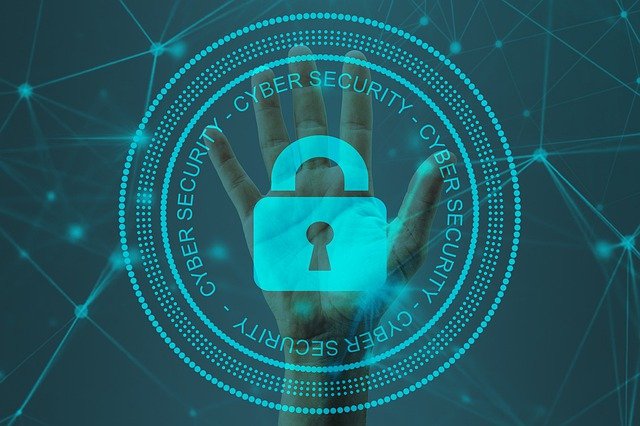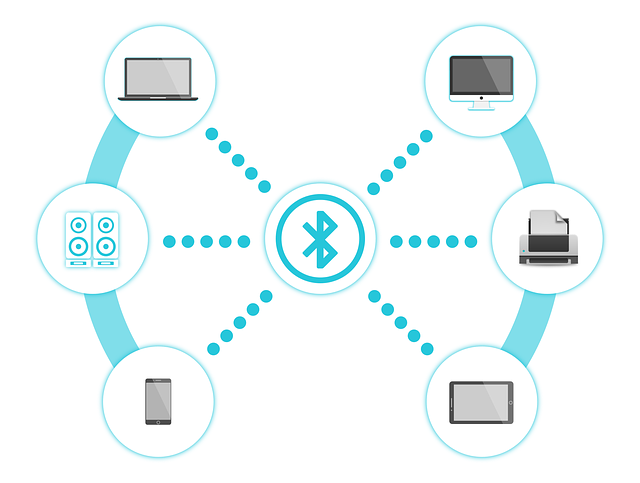Why Your Company Needs a Cybersecurity Framework
Cybersecurity has been a hot topic of discussion in the technology industry in recent years, and this trend doesn’t seem to be slowing down anytime soon. With major hacks such as the one against Equifax and other companies receiving media attention, it’s no wonder so many organizations are taking a closer look at their cybersecurity protocols and how they can further improve them. One way you can enhance your security measures is by implementing an organization-wide cybersecurity framework. Here’s what you need to know about why your company needs one and how to go about creating it.
What is cybersecurity?
Everyone has heard of it, but what is cybersecurity, really? It’s easy to think of cybersecurity as only being related to computer security—which it is—but that’s just one component. To be clear, cyber- refers to computers and other digital technology. Essentially, everything from your e-mail accounts and smartphones to your bank accounts and credit cards is vulnerable to cyber threats.
What Is a Cybersecurity Framework?
A cybersecurity framework is like a road map for your company’s cybersecurity efforts. It helps you stay focused on your goals and gives you a clear direction on what steps to take next. Businesses benefit from having an in-depth understanding of their own cybersecurity strategies, as well as an understanding of what other businesses are doing within their industry and beyond. With so many different types of threats out there, it can be hard to know where to start. The key is having a good plan—and that’s where frameworks come in handy.
Implementing A Cybersecurity Framework
A cybersecurity framework can help protect your business from common cyberattacks. Whether you’re a startup or an established business, it’s important to prepare for a potential attack that could disrupt your company and damage your brand. A cybersecurity framework will also help you mitigate risk and keep potential threats at bay. Plus, it ensures that all of your employees have all of their bases covered when it comes to safeguarding your business from cybercrime. Here are some things to think about as you begin drafting your own framework
Balancing Risk And Business Goals
We don’t have to tell you that information security is about more than just protecting your data—it’s also about keeping up with an evolving threat landscape and meeting regulatory compliance requirements. If you’re hoping to strike a balance between protecting your digital assets and meeting your business goals, think about implementing a cybersecurity framework that helps you pinpoint threats before they turn into costly cyberattacks.
Implementing security doesn’t have to be hard, time-consuming, or expensive
it can be streamlined and automated so that you never lose sight of your cyber hygiene. In an increasingly interconnected world, implementing effective cyber hygiene is essential to protecting your data, assets, and customers—and ensuring your own profitability. The question is how do you implement cyber security measures at a macro level in order to improve efficiency while avoiding laborious processes? If you’re like most companies out there, it probably seems like an insurmountable task. But it doesn’t have to be!
Implementing Security For All Touchpoints In Cyberspace Will Become Even More Important As more and more companies take advantage of technology to reach customers, suppliers, vendors, and business partners in cyberspace, security will become an even bigger concern. If you don’t properly protect your network and data, you risk losing critical financial information or having your intellectual property stolen by competitors.







